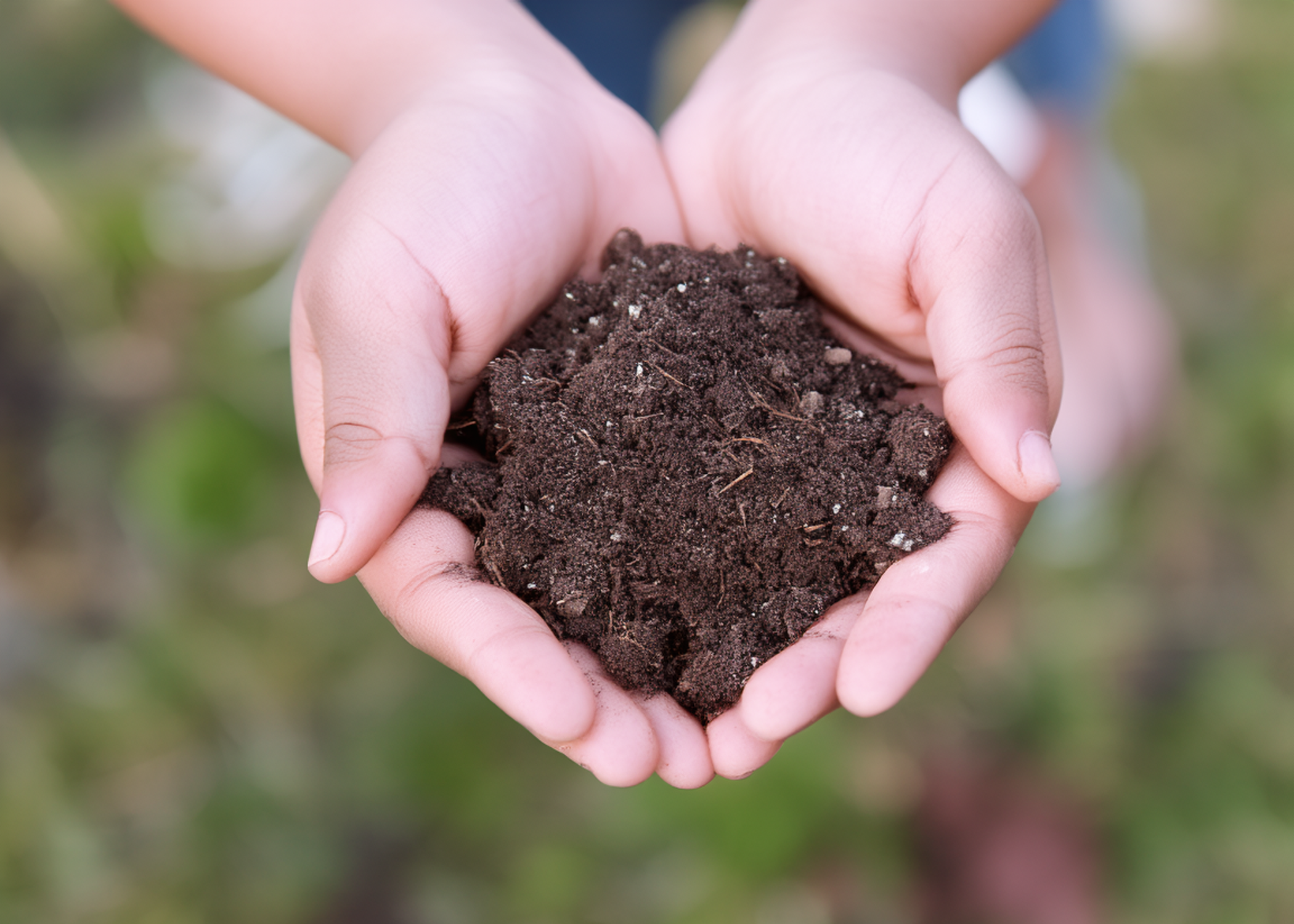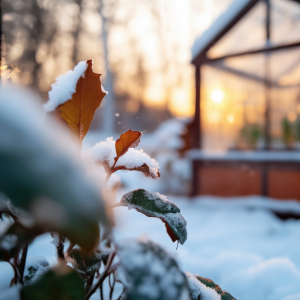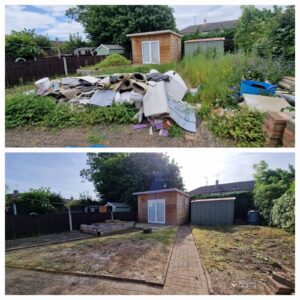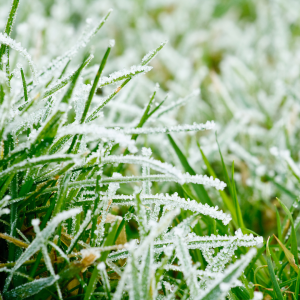Healthy soil is fundamental for plant health and garden productivity. Several properties determine soil quality, including consistency, colour, drainage, worm and bug life, and pH balance. Here’s a detailed look at each of these properties and how to evaluate them in your garden.
Consistency and Texture Soil
Healthy soil should have a soft, crumbly texture when damp, allowing for easy root growth. If you can dig down 2-3 feet without much effort, your soil likely has a good consistency. The texture is influenced by the proportions of sand, silt, clay, and organic matter.
- Sand: Provides good drainage but poor water retention.
- Silt: Balances drainage and moisture retention.
- Clay: Retains water well but can lead to poor drainage if too dominant.
- Organic Matter: Includes decomposed plants, animals, and insects, which enriches with nutrients.
Loam, a mixture of sand, silt, and clay, is ideal for most plants as it balances water retention and drainage. The typical composition of loam is 40% sand, 40% silt, and 20% clay.
Soil Colour
Soil colour can indicate its health and nutrient content:
- Dark Brown/Black: Rich in organic matter and nutrients.
- Yellow/Pale: Indicates a lack of organic matter and nutrients.
- Red: High iron content and good drainage.
- Blue/Green: Poor drainage and low oxygen levels.
- Grey: Poor drainage.
Dark soil is generally more fertile, while lighter-coloured soils may need enrichment with organic matter.
Moisture Retention Properties
Soil’s ability to retain moisture while providing adequate drainage is crucial for plant health. Sandy soils drain quickly but may dry out in summer. Clay soils retain water but can become waterlogged.
Good soil balances sand and clay to ensure plants receive enough water without becoming waterlogged. Techniques to improve soil drainage include adding horticultural grit, organic matter, and well-rotted manure. Aerating the lawn can also help improve drainage.
Worm and Bug Life
The presence of insects and earthworms in the top six inches of soil indicates healthy soil. These creatures help decompose organic matter, recycle nutrients, and improve soil structure through their tunnelling.
Encourage earthworms by:
- Increasing organic matter.
- Keeping the soil moist.
- Reducing soil compaction.
- Managing soil through weather extremes.
pH Balance
Soil pH affects nutrient availability and plant health. A pH of 7 is neutral, but slightly acidic conditions (pH 5.5 – 7.5) are ideal for most plants and beneficial microorganisms.
Soil pH ranges:
- 0.0 – 4.0: Very acidic.
- 4.1 – 5.5: Acidic.
- 5.6 – 7.5: Neutral.
- 7.6 – 8.5: Alkaline.
- 8.6 – 14.0: Very alkaline.
Adjust soil pH by adding lime to raise it or sulfur to lower it. Always test your soil before making adjustments to ensure accurate results. Clay soils require more material to alter pH compared to sandy soils.
Conclusion
Understanding and maintaining the properties of good soil is essential for a thriving garden. By focusing on consistency, colour, moisture retention, worm and bug life, and pH balance, you can create an optimal environment for your plants. For precise soil analysis and recommendations, consider using a soil analysis kit or consulting with soil experts.




